
Stovetop espresso makers (commonly called “moka pots”) brew coffee by leveraging steam/pressure to force hot water through ground coffee into a top chamber. While they don’t reach the ~9 bar pressure of a commercial espresso machine, they produce a strong, rich cup that many love.
Why Consider One?
- Compact and simple: no pump-drive, no big machine.
- Works on most stovetops (gas, electric; induction compatible if steel version).
- Delivers strong coffee, great for milk-based drinks or bold black coffee.
- Affordable compared to full espresso machines.
Top Stovetop Espresso Maker Picks
Here are some of the leading models (you’ll want to check current availability/pricing in your region).

Grosche Milano Stovetop Espresso Maker
Price not available
•
Go to merchant
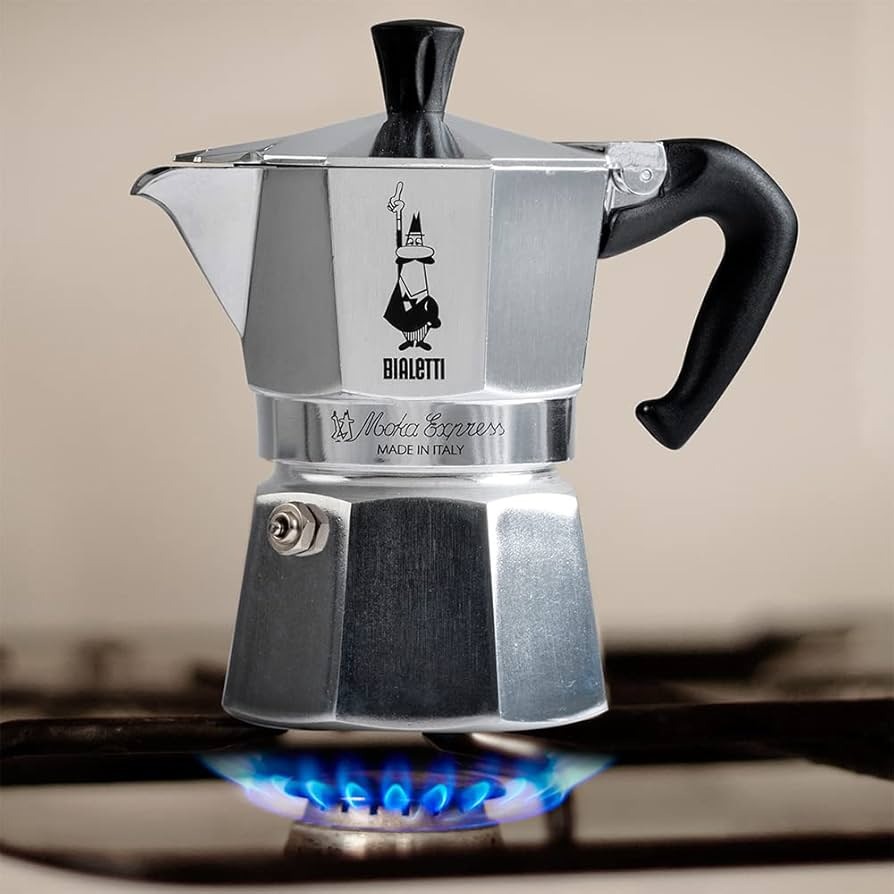
Bialetti Moka Express
Price not available
•
Go to merchant
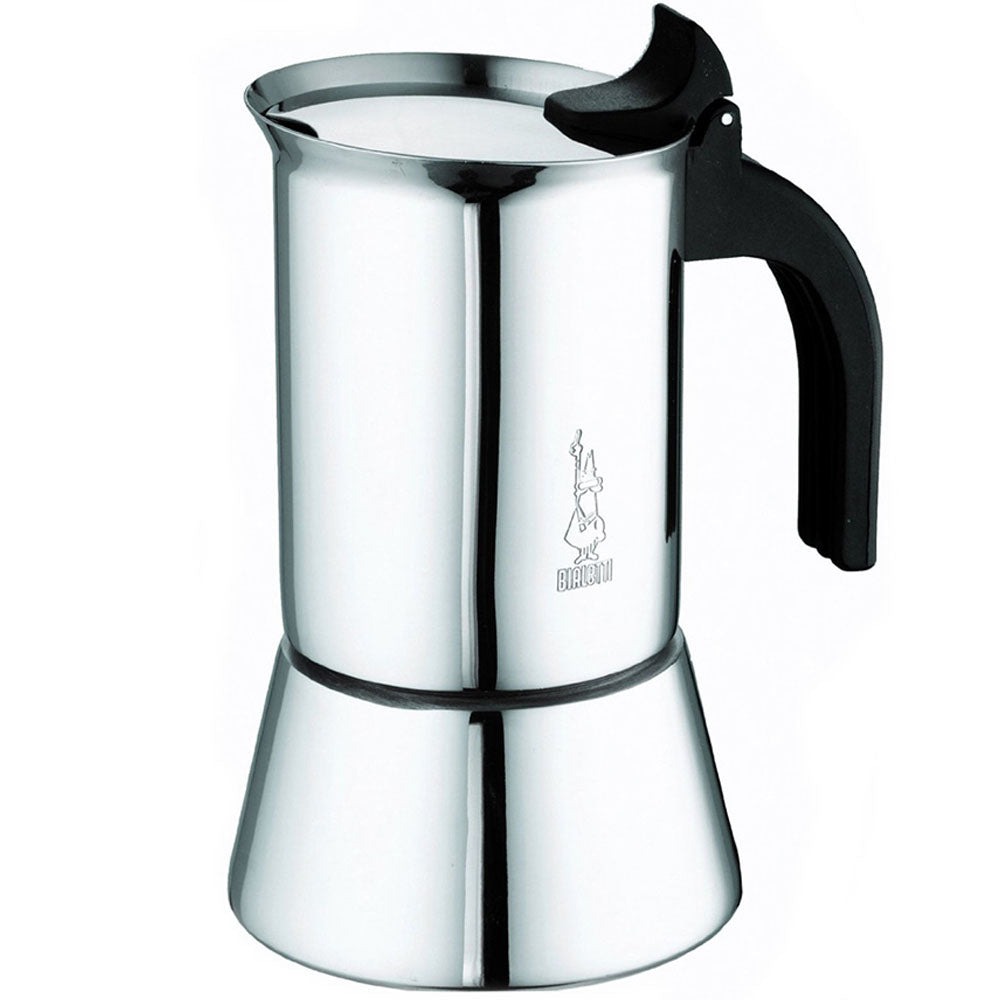
Bialetti Stainless Steel Moka Pot
Price not available
•
Go to merchant
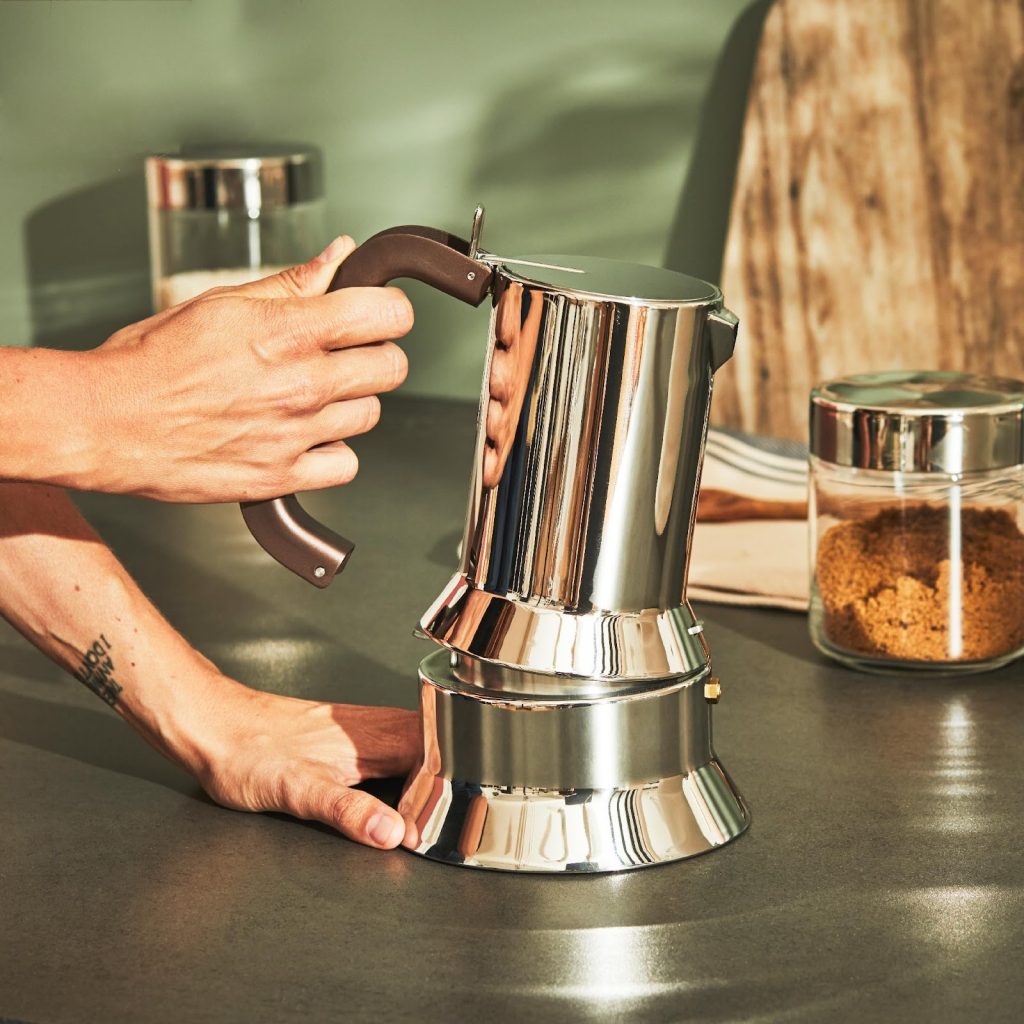
Alessi 9090 Stovetop Espresso Maker
Price not available
•
Go to merchant
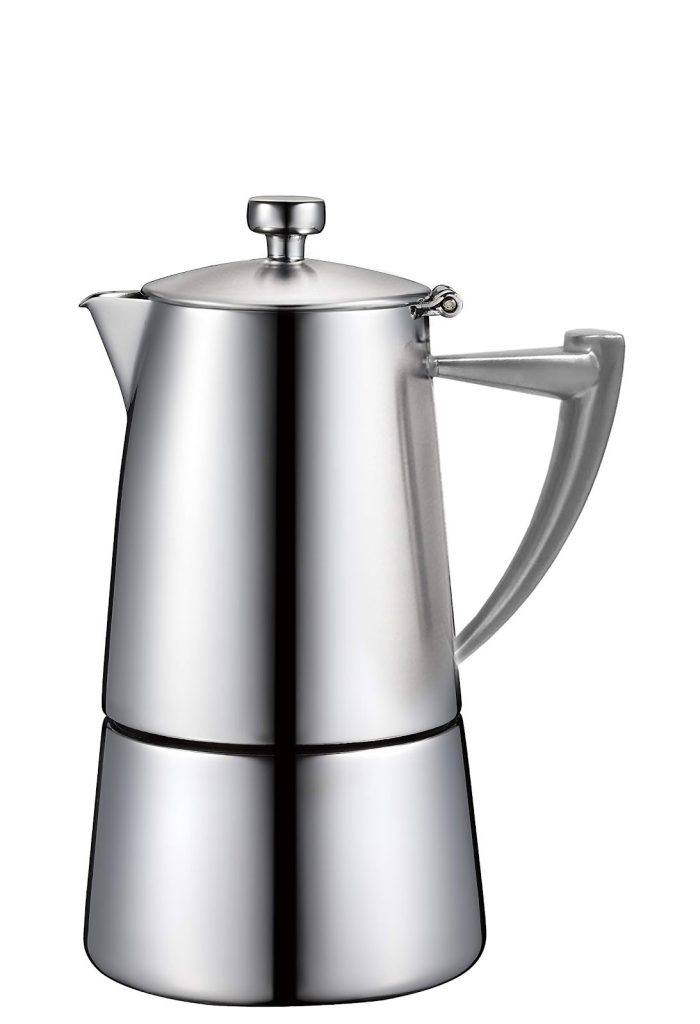
Cuisinox Roma Stainless Steel Stovetop Espresso Maker
Price not available
•
Go to merchant

Grosche Milano Induction Stovetop Espresso Maker
Price not available
•
Go to merchant

Ilsa SuperExpress Moka Pot
Price not available
•
Go to merchant
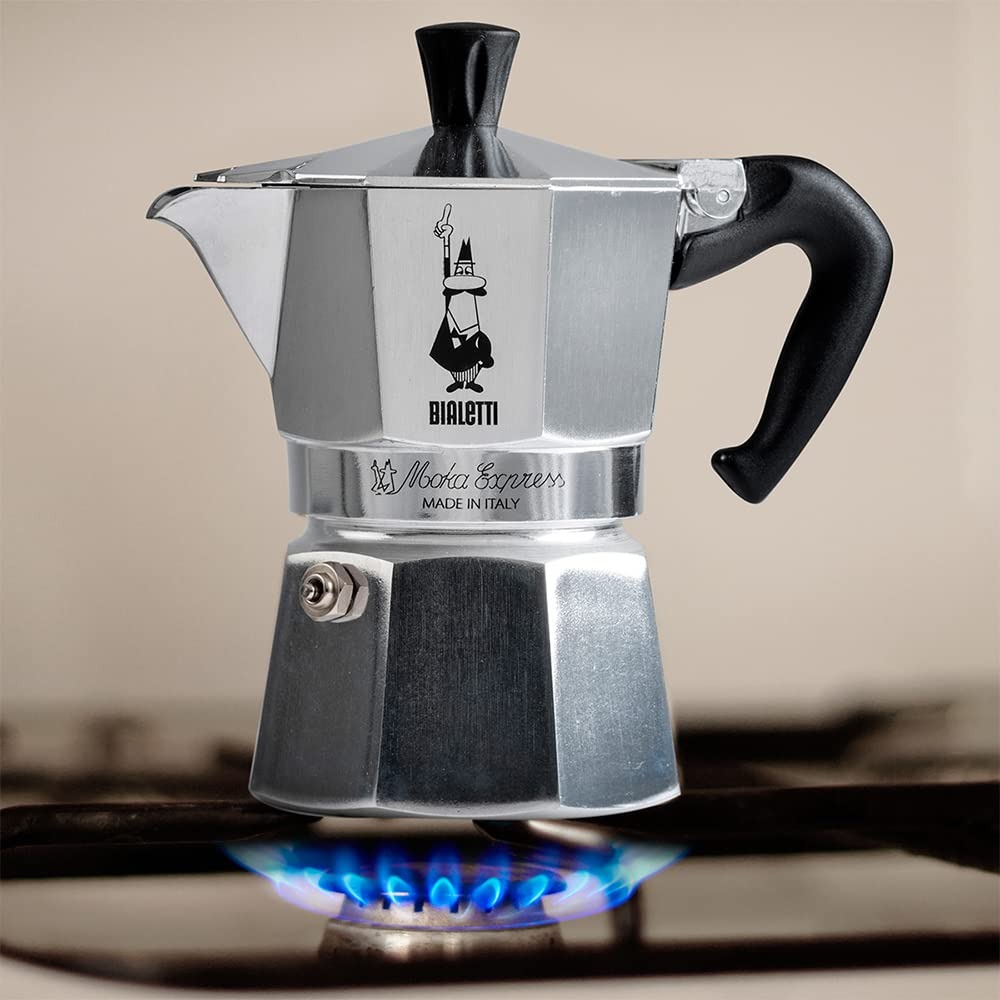
La Cafetière Moka Express/Stovetop Espresso Maker
Price not available
•
Go to merchant
Here’s a short summary of each:
- Grosche Milano Stovetop Espresso Maker: Excellent value pick, durable construction, user-friendly.
- Bialetti Moka Express: The classic aluminum moka pot design, iconic and widely trusted.
- Bialetti Stainless Steel Moka Pot: For those wanting stainless steel (better for durability, induction).
- Alessi 9090 Stovetop Espresso Maker: A design-forward, premium piece for style conscious cooks.
- Cuisinox Roma Stainless Steel Stovetop Espresso Maker: High-end stainless build, great for everyday robust use.
- Grosche Milano Induction Stovetop Espresso Maker: Compatibility with induction cooktops plus moka brew style.
- ILSA SuperExpress Moka Pot: Robust Italian brand, heavy duty build.
- La Cafetière Moka Express: A budget/mid-tier moka pot to get started with.
Features to Look For
Advantages & Disadvantages
Advantages
- Compact footprint compared to full espresso machines.
- Cost-effective: strong coffee at home with minimal gear.
- Versatile: works on many heat sources, good for travel or small kitchens.
- Robust: fewer moving parts, less to break down.
- Produces a strong, concentrated brew ideal for milk-based drinks or bold black coffee.
Disadvantages
- Not true “espresso” in pressure terms — moka pot pressure is much lower than pump espresso machines.
- Requires manual attention: correct water level, correct grind size, heat monitoring.
- Over-heating or leaving it on heat too long can produce bitter or burnt taste.
- Some aluminium models may not be ideal for induction cooktops or may react with acidic coffee over time.
- Smaller capacity models may not be ideal for multiple servings at once.
Pros & Cons
| Pros | Cons |
| Affordable way to make strong coffee at home | Doesn’t create full espresso with crema like pump machines |
| Compact & travel friendly | Requires learning: grind, heat control, finishing timing |
| Easy to use with minimal parts | Some material/maintenance trade-offs (aluminium vs stainless) |
| Great build quality in many models | If misused (too hot, wrong grind) taste can suffer |
| Many size options and design styles | Capacity may be limited for large households |
How to Use a Stovetop Espresso Maker (Basic Steps)
- Fill the bottom chamber with cold water up to the safety valve.
- Insert the filter basket and add finely ground coffee, level it but don’t tamp it.
- Screw on the top chamber securely, ensuring the gasket is sealed.
- Place on heat: use moderate heat; too high may scorch the coffee.
- As coffee begins to flow into the upper chamber, watch for the stream to change and remove from heat just before sputtering.
- Serve immediately. Allow the maker to cool, then clean (rinse; minimal soap if aluminium).
FAQs
Q1. Is moka pot coffee the same as espresso?
A: Not quite. Moka pots generate lower pressure (1–2 bar) compared to ~9 bar in true espresso machines, so while strong and flavourful, it isn’t technically “espresso”.
Q2. What grind size should I use?
A: A grind finer than drip but coarser than espresso tends to work best according to many users. Too fine may choke the pot; too coarse may under-extract.
Q3. Can I use my moka pot on an induction cooktop?
A: Only if the pot is made from stainless steel or otherwise induction-compatible. Traditional aluminium moka pots may not work on induction.
Q4. How do I avoid bitter or burnt tasting coffee?
A: Key tips: don’t over-heat, stop brewing when the stream changes (before sputtering), and clean regularly.
Q5. How do I clean and maintain it?
A: Rinse with hot water after use, occasional disassembly to remove coffee oils. Avoid harsh detergents for aluminium models; keep gaskets in good condition.
Q6. What size pot should I choose?
A: Consider how many cups you brew regularly. 3-cup for 1-2 people; 6-cup or more for multiple servings. Capacity is often listed by the number of espresso‐sized cups.
Final Thoughts & Recommendation
For anyone looking to make rich, strong coffee at home without investing in a full espresso machine, a good stovetop espresso maker is a smart choice.
If I were to pick a single recommendation: go for a stainless steel moka pot (induction compatible if needed) with good build quality, safe handle, and reliable sealing. If budget is more important, a well-made aluminium classic model works fine provided you follow good technique.
Remember: great coffee isn’t only about the device — the grind, water quality, heat control, and timing all matter. Once you dial those in, you’ll enjoy consistent brewing and strong flavour.
